Introduction: An Utrecht Master
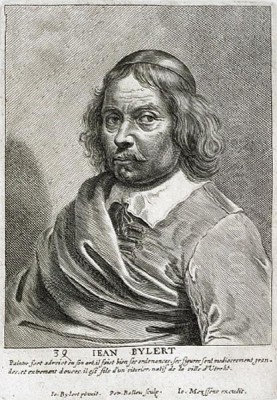
Jan Hermansz. van Bijlert (1597/98 – November 1671) stands as a significant figure in the rich tapestry of Dutch Golden Age painting. Born and primarily active in the vibrant artistic center of Utrecht, Bijlert navigated the dynamic currents of seventeenth-century art, leaving behind a substantial and varied body of work. He is most famously associated with the Utrecht Caravaggisti, a group of artists who brought the dramatic chiaroscuro and intense realism of the Italian master Michelangelo Merisi da Caravaggio back to the Netherlands. However, Bijlert's career was one of evolution, moving from this powerful tenebrism towards a brighter, more classicizing style that found favour with a broad clientele. His versatility encompassed history painting, genre scenes, and portraiture, making him one of Utrecht's most successful and respected painters.
Early Life and Artistic Formation in Utrecht
Jan van Bijlert was born in Utrecht around 1597 or 1598. His initial artistic training came from his father, Herman Beerntsz. van Bijlert, who was a stained glass painter. This early exposure likely provided a foundation in design and composition. However, the young Jan soon turned his ambitions towards painting on canvas. Recognizing his talent, he became a pupil of the highly influential Utrecht painter Abraham Bloemaert. Bloemaert's studio was a crucial training ground for many artists, known for its Mannerist roots but adaptable approach, providing Bijlert with a solid technical grounding and exposure to various artistic trends prevalent at the time. Bloemaert's diverse output, ranging from mythological and religious scenes to landscapes and genre, likely encouraged Bijlert's own future versatility.
The Grand Tour: Italian Immersion and the Seeds of Caravaggism

Following the common path for ambitious Northern European artists of his era, Bijlert embarked on a journey abroad to further his education and experience. Around 1620 or shortly before, he traveled first through France and then onwards to Italy, the ultimate destination for any aspiring history painter. The years spent in Rome, likely until 1624, were transformative. He immersed himself in the city's unparalleled artistic heritage, studying both antique sculpture and the works of Renaissance masters. Crucially, he encountered the powerful and revolutionary art of Caravaggio and his followers, known as the Caravaggisti. Artists like Bartolomeo Manfredi and Orazio Gentileschi were popularizing Caravaggio's dramatic use of light and shadow (chiaroscuro), his unidealized, naturalistic figures, and his focus on psychologically intense moments.
During his time in Rome, Bijlert became associated with the 'Bentvueghels' (Dutch for "birds of a feather"), a society of mostly Dutch and Flemish artists working in the city. This confraternity was known for its bohemian rituals and mutual support network. Bijlert was one of the founding members, indicating his integration into the expatriate artistic community. This Italian sojourn profoundly shaped his early style upon his return to the Netherlands.
Return to Utrecht: Embracing Caravaggism
Jan van Bijlert returned to his native Utrecht by 1624 and quickly established himself as a leading painter. He joined the Utrecht Guild of Saint Luke, the professional organization for painters, in 1625. His early works from this period clearly demonstrate the impact of his Italian experience. He became a prominent member of the Utrecht Caravaggisti, alongside contemporaries like Gerard van Honthorst, Hendrick ter Brugghen, and Dirck van Baburen, who had also spent time in Rome and absorbed the Caravaggesque style.
Bijlert's paintings from the mid-to-late 1620s are characterized by strong tenebrism – dramatic contrasts between brightly illuminated figures and dark, atmospheric backgrounds. He favoured half-length figures brought close to the picture plane, enhancing the sense of immediacy and engagement with the viewer. His subjects often included religious narratives, mythological scenes, and genre paintings featuring musicians, drinkers, or soldiers, themes popular among the Caravaggisti. The realism was often striking, depicting figures with earthy features and tangible textures, a departure from the more idealized traditions.
Masterworks of the Caravaggesque Phase
Several key works exemplify Bijlert's mastery of the Utrecht Caravaggist style during the 1620s. His Saint Sebastian Tended by Saint Irene (c. 1624, Collection Harrach, Rohrau) is a powerful example. The near-lifesize figures emerge dramatically from the darkness, the spotlight focusing on the suffering saint and the compassionate Irene. The realism in the depiction of flesh and fabric, combined with the intense emotional charge, is characteristic of the movement.
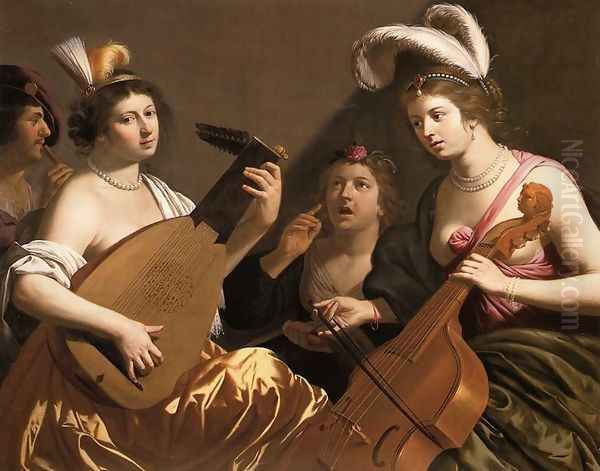
Another iconic work is The Matchmaker (c. 1625-1630, Herzog Anton Ulrich Museum, Brunswick). This genre scene depicts a common theme: an elderly procuress negotiating between a young woman and a potential client. The figures are tightly grouped, illuminated by a strong, directional light source typical of Caravaggism. The painting captures a moment of transaction with psychological nuance and a degree of theatricality, engaging the viewer in the unfolding narrative. These works cemented Bijlert's reputation as a skilled interpreter of the popular Caravaggesque idiom.
Stylistic Evolution: Towards a Brighter Palette
Around 1630, a noticeable shift began to occur in Jan van Bijlert's style. While he never entirely abandoned the principles of strong modelling learned from Caravaggism, his palette grew significantly brighter, his lighting less dramatic and more evenly diffused, and his compositions often became more complex and elegant. This evolution mirrored a broader trend in Dutch painting, moving away from the starkness of early Caravaggism towards a more refined, classicizing aesthetic. Gerard van Honthorst, another leading Utrecht Caravaggist, underwent a similar transformation, achieving great success with his lighter, more courtly style.
Bijlert's figures became smoother, sometimes more idealized, and his colours cooler and clearer. This new style proved highly popular and commercially successful, appealing to the tastes of Utrecht's patrician class and beyond. He increasingly received commissions for portraits and large-scale decorative works, alongside his continued production of genre and history paintings. This later style, sometimes referred to as "classicizing Baroque," allowed for greater decorative effect and narrative clarity compared to the intense focus of his earlier tenebrism.
Diverse Subject Matter: From Mythology to Music
Throughout his career, Jan van Bijlert demonstrated remarkable versatility in his choice of subjects. Religious themes remained important, often treated with a blend of realism and devotional feeling. Mythological subjects offered opportunities for depicting dramatic narratives and the human form, often with an underlying moral message. A notable example from his later period is The Feast of the Gods (c. 1635-1640, Musée Magnin, Dijon), which showcases his brighter palette and more complex, multi-figure composition within a classical theme. Other mythological works include depictions of Venus Chastising Cupid or Mars Being Disarmed by Venus.
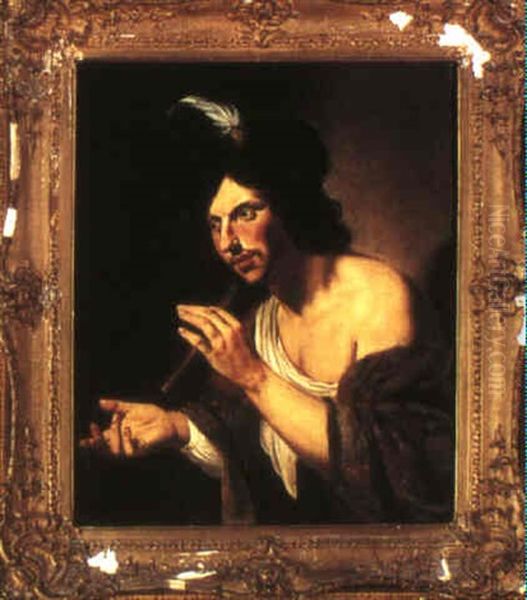
Genre painting was a significant part of Bijlert's output, particularly scenes featuring musicians. Paintings like Shepherd Holding a Flute or Young Man Playing the Flute (various versions exist) were extremely popular. These works often feature charming, elegantly dressed figures, rendered with smooth precision and appealing expressions. The theme of music, often associated with harmony, love, or transience, resonated strongly in the Dutch Republic. He also painted scenes of everyday life, including soldiers carousing, figures eating and drinking, and sometimes more risqué subjects like A Brothel Scene, handled with his characteristic clarity and attention to detail.
Portraiture and Professional Success
Alongside his history and genre paintings, Jan van Bijlert became a sought-after portrait painter in Utrecht. His ability to capture a likeness with clarity and a degree of fashionable elegance appealed to the city's elite. He painted individual portraits as well as group portraits, adapting his style to suit the requirements of the commission. His later, brighter style was particularly well-suited to portraiture, allowing for detailed rendering of clothing and accessories while maintaining a pleasing and lifelike representation of the sitter.
His professional success is further evidenced by his active role within the artistic community and civic life of Utrecht. He served as dean ('deken') of the Guild of Saint Luke in the years 1632-1637, a position of considerable responsibility and prestige, overseeing the affairs of the city's artists and artisans. He also held positions in religious organizations, such as serving as regent of the St. Job's Hospital. These roles indicate his respected standing within Utrecht society. His workshop was productive, and he took on several pupils, ensuring the continuation of his artistic influence.
Students and Workshop Practice
Like many successful masters of the Dutch Golden Age, Jan van Bijlert operated a busy workshop and trained a number of pupils. Documented students include Abraham Willaerts (son of the marine painter Adam Willaerts), Ludolf Leendertsz de Jongh (who later worked in Rotterdam and was also influenced by artists like Anthonie Palamedesz.), Bartram de Fouchier, and Mattheus Wijtmans. Through his teaching, Bijlert disseminated his techniques and stylistic preferences, contributing to the broader artistic landscape of Utrecht and beyond. The existence of studio replicas and variations of his popular compositions suggests an organized workshop practice aimed at meeting market demand.
Relationships with Contemporary Artists
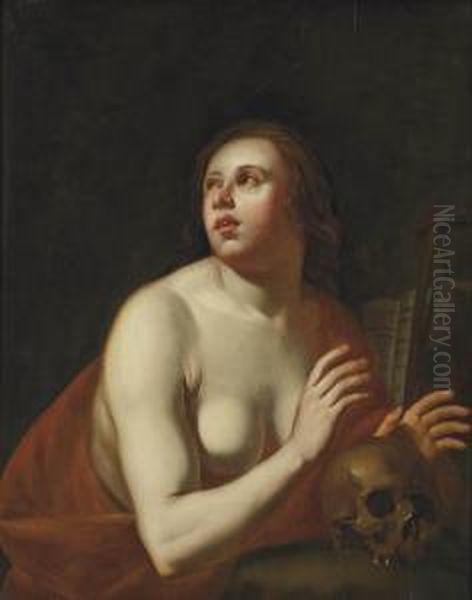
Jan van Bijlert's career unfolded within a dense network of artistic relationships in Utrecht and the wider Dutch Republic. His primary teacher was Abraham Bloemaert, a foundational figure. His most direct artistic dialogue was with fellow Utrecht Caravaggisti Gerard van Honthorst, Hendrick ter Brugghen, and Dirck van Baburen. While sharing the Caravaggesque influence, each developed a distinct artistic personality. Honthorst became known for his nocturnal scenes illuminated by artificial light ('Gherardo delle Notti') before shifting to a brighter, courtly style. Ter Brugghen is often noted for his sensitive handling of light and colour and melancholic mood. Baburen, who died young in 1624, was known for his vigorous realism.
Bijlert also interacted with other Utrecht artists like the classicizing painter Cornelis van Poelenburch and the history painter Paulus Moreelse. He is known to have collaborated on projects, such as series depicting allegories like the Five Senses, sometimes involving multiple artists from this circle. While direct evidence of intense personal rivalries is scarce, the competitive nature of the Dutch art market meant that artists like Bijlert were undoubtedly vying for commissions and prestige alongside contemporaries not just in Utrecht, but also major figures in other cities like Rembrandt van Rijn in Amsterdam or Frans Hals in Haarlem, who dominated different segments of the market. His stylistic shift towards classicism can be seen as aligning with broader trends also visible in the work of Amsterdam painters like Bartholomeus van der Helst.
Legacy and Influence
Jan van Bijlert was a highly successful and respected painter during his lifetime, leaving behind an estimated 200 paintings. His significance lies in several areas. He was a key figure in transmitting and adapting the Caravaggesque style in the Netherlands, contributing to the distinctive character of the Utrecht school in the 1620s. His subsequent stylistic evolution towards a brighter, more classicizing manner demonstrates his adaptability and responsiveness to changing tastes, ensuring his continued success throughout a long career.
His work influenced his direct pupils and contributed to the popularity of certain genre themes, particularly musical companies and pastoral scenes, in Dutch art. While perhaps overshadowed in later art historical narratives by the towering figures of Rembrandt or Johannes Vermeer, Bijlert's oeuvre represents the high quality and diversity of painting produced in major artistic centers like Utrecht during the Golden Age. His paintings are held today in major museums across the world, including the Rijksmuseum in Amsterdam, the Centraal Museum in Utrecht, the Louvre in Paris, and the National Gallery in London, attesting to his enduring artistic importance. His work continues to be studied for its technical skill, its engagement with major European artistic trends, and its reflection of the culture and society of the Dutch Republic.
Conclusion: A Versatile Utrecht Master
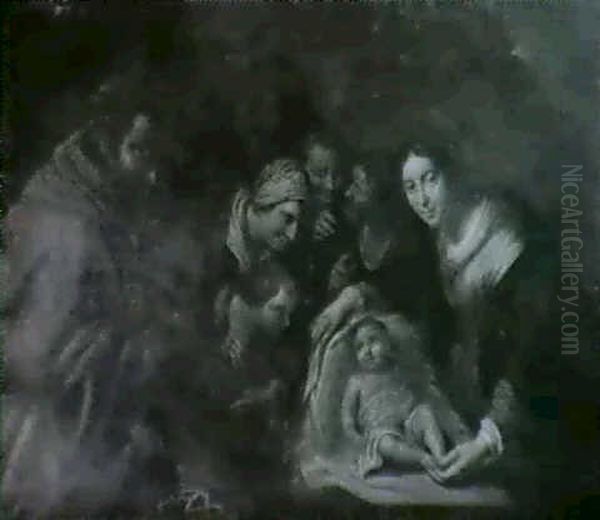
Jan van Bijlert emerges from the historical record as a talented, versatile, and successful painter who played a significant role in the art of the Dutch Golden Age. From his powerful early works steeped in Roman Caravaggism to his later, more elegant classicizing paintings, he demonstrated technical mastery and an astute understanding of the art market. As a teacher, a leader in the artists' guild, and a respected member of Utrecht society, his influence extended beyond his own canvases. His legacy is that of a quintessential Utrecht master, adept at capturing drama, emotion, and the textures of life, bridging the intensity of the Caravaggesque revolution with the refined sensibilities of Dutch classicism. His works remain a testament to the artistic vitality of Utrecht in the seventeenth century.